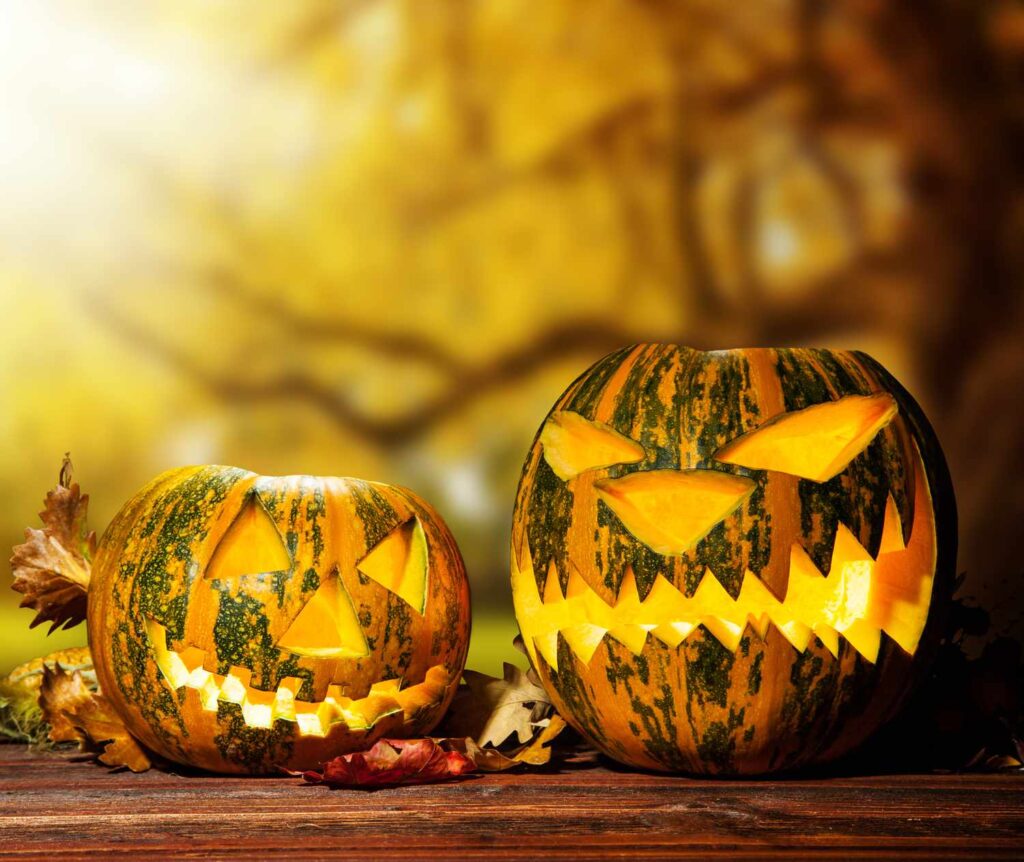Although Halloween isn’t a statutory holiday, the celebration accounts for billions in consumer spending in the United States. From costumes and makeup to candy and party supplies, there is no end to the merchandise that retailers sell to consumers. And let’s not forget the decorations and pumpkins.
Based on the Keynesian school of economic thought, spending during major holidays can have significant and positive short-term benefits for the economy by encouraging extra purchases that might not otherwise occur. Halloween is one of those cases.
Let’s see how this all adds up.
Key Takeaways
- Halloween draws in billions in consumer spending.
- Economists are split on whether that spending is good or bad for the economy.
- Some argue that Halloween spending diverts resources that would be better spent on longer-term, more productive economic activity.
- Others argue that Halloween spending is inefficient at satisfying consumer wants, which spurs more spending and causes the economy to grow.
The Economy and Halloween
It could be argued that the state of the economy affects the Halloween industry more than Halloween affects the state of the economy. For instance, consumers may be less likely to spend on frivolous goods such as costumes, candy, pumpkins, and home decorations, when things get tough.
With significant inflation throughout much of 2023, it may be surprising that spending during Halloween 2023 was projected to break even the 2022 levels by going as high as $12.2 billion, according to the National Retail Federation (NRF). A record amount of Halloween cash was raked in by businesses in 2022, with customers spending $10.6 billion—$3.1 billion of which was on candy.
Many economists believe the increase in spending around Halloween has a positive effect on the economy. Increased spending generally leads to higher gross domestic product (GDP), helping to jump-start economic activity and lead to potential job growth.
It is entirely possible that the net positive effects of Halloween consumer spending are offset by net negative effects elsewhere. For example, some consumers might anticipate an increase in spending around late October and increase their savings during the preceding months in order to compensate. This could lead to reduced gross spending during August and September. Others might curb their spending in November, both to compensate for increased spending for Halloween and in expectation of Christmas spending.
About one-third of shoppers in the United States said they planned to begin their Halloween shopping three to four weeks before the day.
Halloween Employment and Spending
Halloween has a seasonal impact on employment. This is especially beneficial for part-time workers and students who often find work at specialty and costume stores as well as haunted houses and other attractions. Salespeople, actors, designers, and other workers are commonly hired during this season.
It also has a huge impact on commercial activity. The NRF expects a record 73% of consumers will celebrate the holiday in 2023, with each spending an average of about $108.24 on items, costumes, and candy. To break down the spending pattern, the NRF estimated that consumers were expected to spend:
- $3.6 billion on costumes
- $3.6 billion on candy
- $3.9 billion on decorations
Many retail stores open only for Halloween and, when November arrives, these shops close and wait patiently for the next season. Some industries expect and plan for large increases during the late-October holiday, including pumpkin growers and candy production companies.
The first time that average spending on Halloween moved above $100 was in 2021.
Productive or Inefficient?
Some economists believe that spending on seasonal consumer goods such as costumes and decorations diverts resources from more productive activities because they are only used for one day of the year.
If people save less as a result of holiday spending, the total capital investment stock is worse for it. The receipts of companies that employ people full-time year-round may also drop because more dollars are chasing seasonal goods.
Others argue that Halloween is full of payments-in-kind (PIKs), such as costumes or candy, rather than lump-sum transfers like cash. They also believe that in-kind payments are more inefficient in satisfying consumer wants. After all, you can buy whatever you really value most with cash, whereas it is unlikely that your candy bar is your most valued good.
How Much Money Is Spent on Halloween?
According to data from the National Retail Federation, Americans spent upwards of $10.6 billion in preparation for and on Halloween 2022—on costumes, candy, decorations, and more. It was estimated that Americans would spend $12.2 billion for Halloween 2023.
Why Is Halloween Such a Big Business?
There are many factors contributing to the significant amount of money that Americans spend preparing for Halloween each year.
Halloween is a well-known and beloved holiday celebrated across the U.S. and is not particular to any region, religious group, or other demographic. Second, Halloween is typically associated with purchasing many consumer goods, including costumes, candy, and decorations. Finally, the nature of Halloween means that families celebrating will likely have to make many new purchases each year—of larger costumes as children grow bigger, of new candy, and so on.
When Does Halloween Holiday Shopping Begin?
In a national survey, nearly half of consumers planned to shopped for Halloween 2023 in September 2023 or earlier.
The Bottom Line
Economist Jeffrey A. Tucker argued in his 2009 article for the Ludwig von Mises Institute that Halloween teaches valuable economic lessons that could have very long-term benefits: children should work for their rewards, bartering is an option, and appearance matters.
But the most accurate answer is probably this one: Halloween is a substantial industry with a significant impact on the U.S. economy. For now, it is still very difficult to identify exactly what that impact is and whether it is a net positive.
